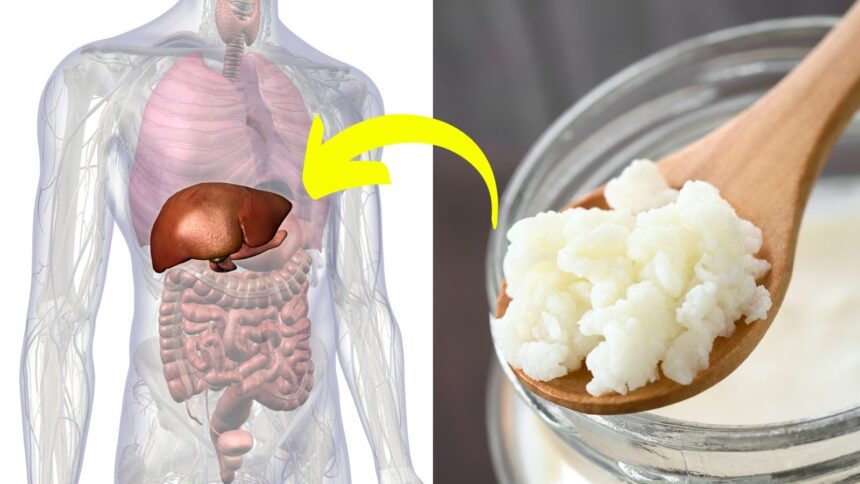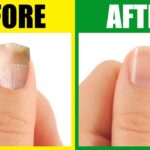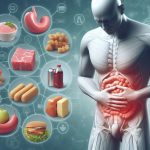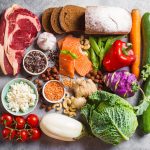Detoxification is a term that’s often confused with cleansing, but they’re not the same thing. You might have encountered various 14-day liver cleanses, promising to purge your liver of toxins, but let’s clear up some confusion – these are often a waste of your money. Engaging in a week-long cleanse with ingredients like cayenne pepper, lemon juice, and maple syrup won’t clean your liver in a substantial way. Expensive kits with powdered herbs and other components also fall short. The reason lies in the unique and powerful process that happens within our cells.
Our Bodies’ Built-in Detoxification Mechanism
Cells undergo a series of enzymatic changes similar to an assembly line. This assembly line involves three main phases: phase one, phase two, and phase three. Phase one and two are the most crucial ones, whereas phase three is about the complete elimination of toxins.
When we talk about toxins, we’re referring to a wide range of harmful substances including drugs, medication, preservatives, xenobiotics (chemicals external and foreign to the body), plastics, petroleum products, mold, fungus, pesticides, insecticides, herbicides, fungicides, metabolic waste, and toxins from smoking, which contain over six or seven thousand different chemicals, around 74 to a hundred of which are carcinogens. Other toxic sources can be chemicals in vaping, caffeine, heavy metals, cleaning chemicals, alcohol, and hormones that need to be broken down.
A Closer Look at the Phases of Detoxification
Our bodies are effectively bathed in chemicals round the clock, especially if we use tap water. However, our innate detoxification system, through phases one, two, and three, works to turn these poisons into harmless, water-soluble particles. This is because many of these chemicals are fat-soluble, meaning they don’t mix with water. Once these fat-soluble toxins enter our body, they tend to get stuck. The goal of the enzymes involved in detoxification is to add elements to these toxins and break them down into a form that can pass through the body easily.
In phase one, the enzymes work to add water, hydrogen, or oxygen to start oxidizing and breaking down these fat-soluble toxins. The caveat of this phase is that when this chemical is activated, it becomes more toxic, more dangerous, and more of a carcinogen because it’s being opened up and oxidized. This is where phase two comes in.
Phase two is the process of conjugation. It involves adding a water-soluble double molecule to this compound. Glutathione, for example, binds with it and turns it water-soluble. It’s during phase one and two that we need certain nutrients like folate, vitamin C, certain B vitamins, and calcium.
The importance of antioxidants is also crucial during phase one, as there are a lot of free radicals and oxidation happening. These antioxidants protect the cell against this destructive activity.
The Genetic Aspect of Detoxification
Interestingly, you can get a DNA test that reveals your detoxification enzymes’ condition. If you have a genetic mutation with one of these enzymes, it means that there’s some sluggishness and that enzyme doesn’t work as efficiently as it should. This can make you more susceptible to damage from certain toxins and make it harder for your body to eliminate those toxins.
The most common detoxification enzymes are the cytochrome P450 enzymes in phase one, and a different set in phase two which involves glutathione. These enzymes work in various parts of the body and with different toxins. The primary areas for detoxification are your intestines, lungs, kidney, and notably, the liver.
The Influence of Chronic Exposure and Health Conditions on Detoxification
The efficiency of these detoxification enzymes is significantly impacted by the chronicity of exposure to these harmful substances. For example, smoking every day over a long period can lead to a build-up of these toxins, leading to chronic irritation and side effects like cancer.
Additionally, certain health conditions can hamper the functionality of this detoxification assembly line. For instance, a fatty liver, which is prevalent in a significant portion of the population, can inhibit the proper working of phase one and two detoxification pathways. This is also true for people with liver inflammation, like hepatitis, or those with cirrhosis.
Role of Gut Health and Bile in Detoxification
A healthy gut microbiome also plays a significant role in removing these toxins. Any disruption in gut health, whether due to overuse of antibiotics, yeast overgrowth, or imbalance of gut bacteria, can affect detoxification.
The body also eliminates water-soluble toxins through the urinary system and bile. Any obstruction in the bile ducts can lead to an accumulation of toxins in the liver, disrupting the natural flow of toxins out of the body. This obstruction can cause right shoulder pain, a sense of fullness underneath the right rib cage, and belching. A remedy to this is to thin the bile with more bile, and a compound called Tut cut can be beneficial in this regard.
The Detoxification Diet: A Regular Practice, Not a Two-Week Cleanse
Contrary to popular belief, diet is one of the most effective tools for aiding detoxification. But remember, we’re not talking about a two-week cleanse. Rather, we’re suggesting a consistent practice of incorporating certain foods into your diet.
A meal beneficial for your liver and other organs’ detoxification could include eggs cooked with onions and garlic, both high in sulfur and antioxidants. This can be served with a side of cruciferous vegetables like roasted Brussels sprouts, cauliflower, broccoli, cabbage, or even sauerkraut. A salad of arugula can also be included as it’s a bitter, cruciferous vegetable.
To sweeten the deal, you can have kefir, which is far superior to yogurt for its high content of friendly bacteria and yeast, with some walnuts or low carb, no sugar chocolate chips. Animal meat or eggs are also critical for their complete amino acid profile, as all the detoxification enzymes are made from amino acids.
Finally, adding herbs like thyme, sage, oregano, cayenne pepper, turmeric, and rosemary to your meal can assist the detoxification process, making your diet not just a two-week cleanse, but a lifelong commitment to health and well-being.
Remember, detoxification is an ongoing process, not a one-time event. So, make sure to maintain a diet and lifestyle that supports this vital function of the body.











